
The Black Seminoles played a significant role in American history, but their story is rarely given attention. They resisted slavery, formed strategic alliances, and took actions that shaped key historical events. These details remain largely unknown. This list highlights 10 overlooked facts about the Black Seminoles that deserve recognition.
Escaped Slaves Found Freedom In Spanish Florida

Back in the late 1600s, Spain offered something unheard of—freedom to enslaved people who escaped British colonies. All they had to do was convert to Catholicism. Many made the long, risky trek from Georgia and the Carolinas to Florida. These bold runaways laid the groundwork for what would become the Black Seminole community.
The First Free Black Town In The U.S. Emerged In Florida
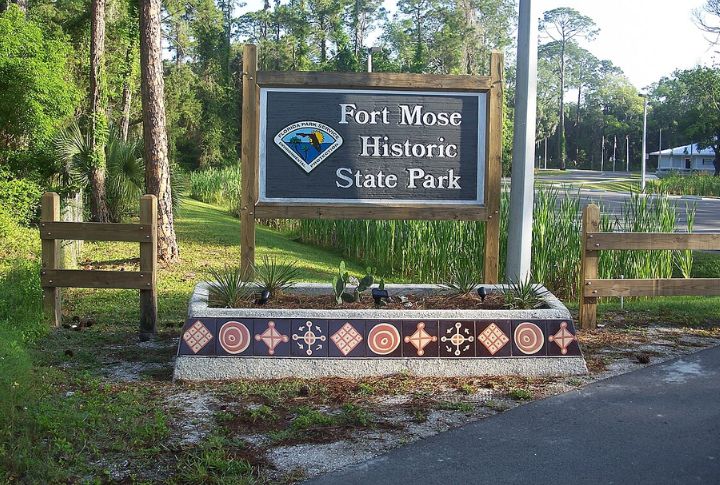
Fort Mose was the first officially recognized settlement in future U.S. territory where free Black people lived. Located near St. Augustine, Florida, it was established by formerly enslaved Africans who earned their freedom by joining Spanish forces. The town’s residents even formed a militia to help defend the area.
They Fought In The Seminole Wars Against U.S. Expansion
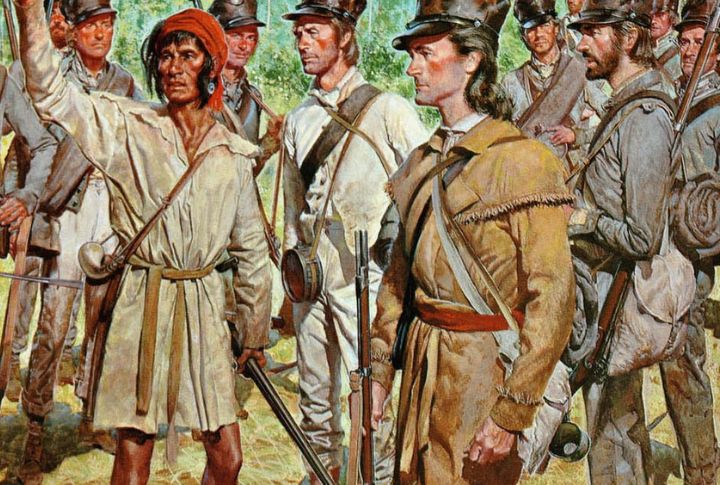
Between 1817 and 1858, Black Seminoles took part in all three Seminole Wars. During this time, U.S. forces tried to re-enslave them or remove them from Florida. In defiance, many fought alongside the Seminole Nation. Some served as military leaders, while others acted as interpreters on the battlefield.
John Horse Was The Fearless Black Seminole Leader

John Horse, also known as Juan Caballo, was a prominent leader in Black Seminole history. He stood alongside Osceola, a respected Seminole war chief, during U.S. military campaigns. Later, he led his people across the Rio Grande into Mexico. There, he secured land and helped establish a Black-Seminole military colony that remains active today.
They Created Hidden Maroon Settlements In Swamps
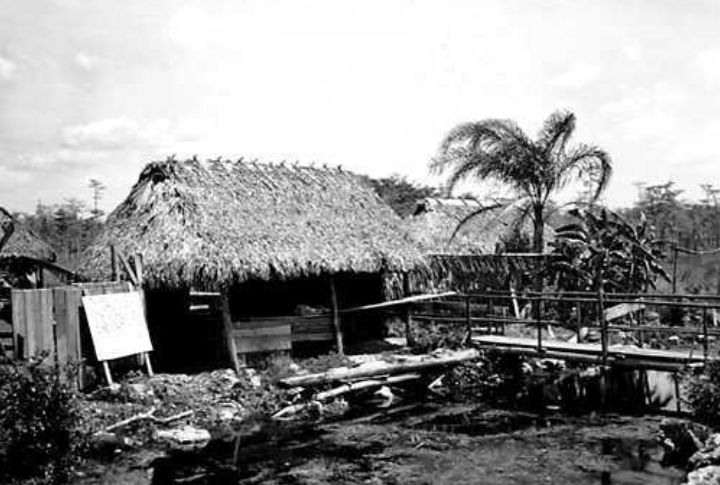
To survive, Black Seminoles used geography as a defense. In response to constant threats, they established hidden maroon settlements throughout the Florida Everglades and nearby regions. These self-sufficient communities often included alarm systems—drums or horns—to warn of intruders.
An Unlikely Alliance Between Africans And Seminoles Took Root
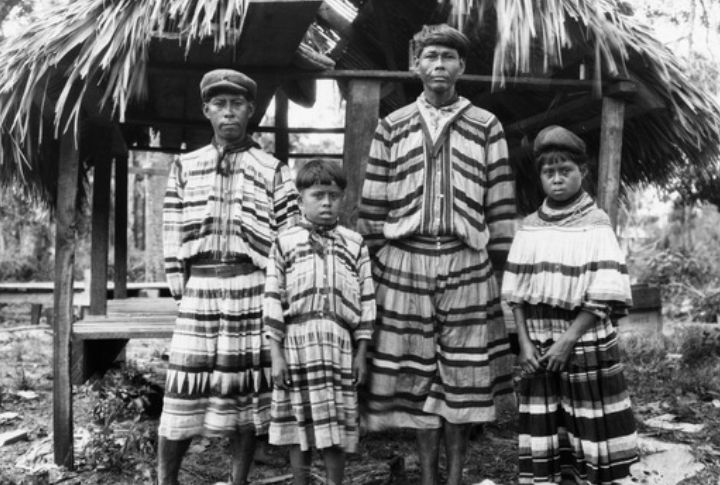
Escaped slaves and Seminole Native Americans formed alliances in the 1700s. They worked together to farm, defend their communities, and survive external threats. This cooperation gave rise to Afro-Seminole Creole and led to intermarriage and mixed settlements. Their partnership shaped a resilient, shared way of life in Florida.
Their Language Is One Of The Rarest In North America
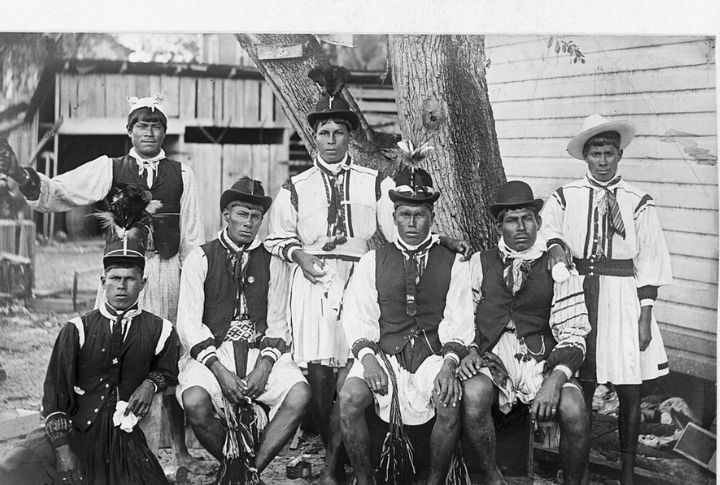
Afro-Seminole Creole, the traditional language of the Black Seminoles, combines English, Spanish, Gullah, and Native elements. It developed over generations in maroon communities. Currently, it is critically endangered and spoken by only a handful of people. Linguists didn’t officially identify it as a language until the 1970s.
They Were Among The First To Use Guerrilla Tactics On U.S. Soil
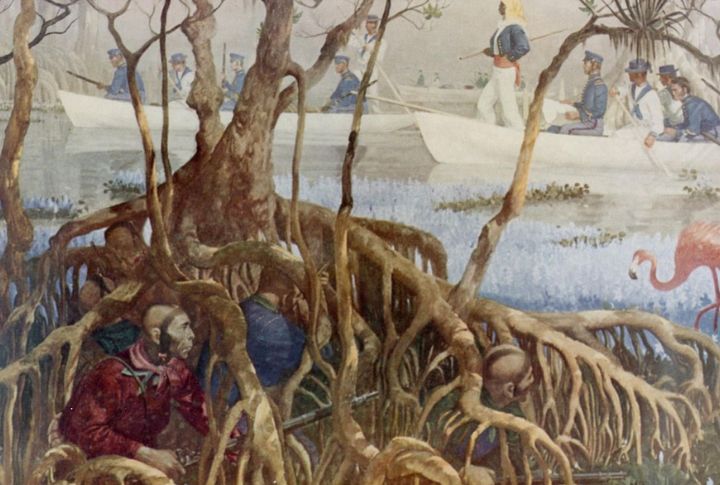
Guerrilla warfare on American soil didn’t start in the 20th century; it started with the Black Seminoles. Their ambushes, quick retreats, and sabotage threw U.S. forces off balance. Even seasoned officers couldn’t catch them. Some actually admitted they were nearly impossible to capture. And yes, others copied their moves later on.
They Served As U.S. Army Scouts In The Indian Wars
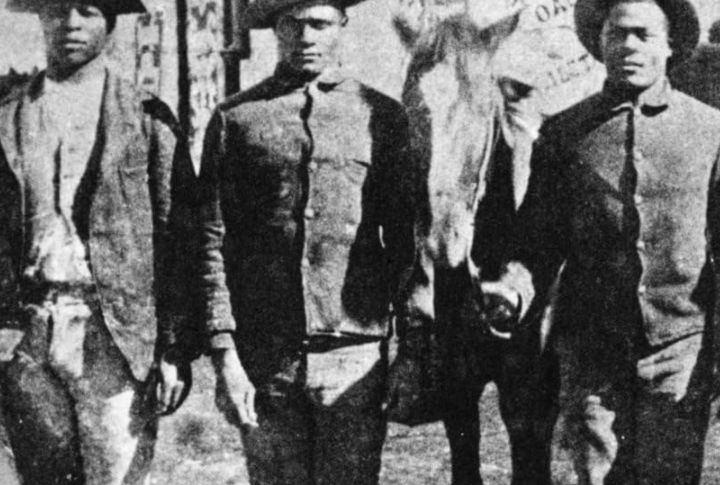
Black Seminoles played a key role in U.S. military operations between the 1870s and early 1900s. As army scouts, these skilled individuals guided troops through difficult southwestern terrain and earned praise for expert tracking. Additionally, distinct headgear and sashes made them easily recognizable in the field.
They Were Denied Full Tribal Recognition For Decades
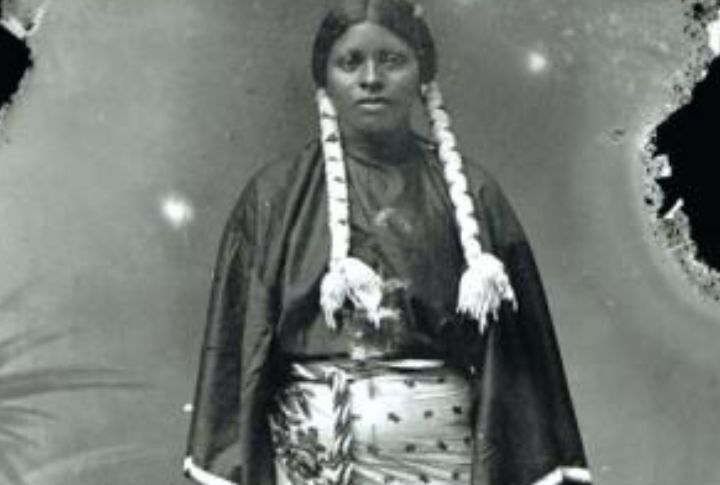
For decades, full tribal recognition was withheld from Black Seminoles. In both Oklahoma and Florida, official classifications often listed them as “freedmen” rather than full members, excluding them from tribal benefits. During the 1900s, thousands were removed from official rolls. To this day, disputes over their status remain unresolved in courtrooms.

